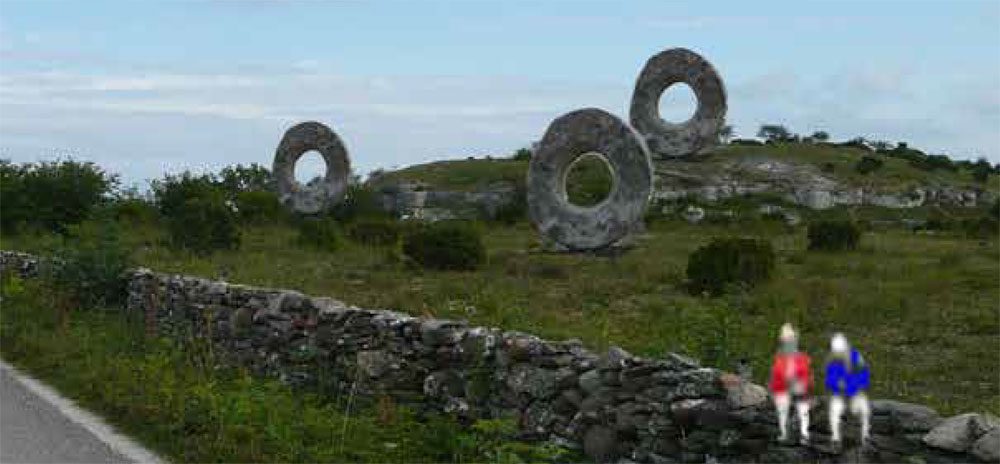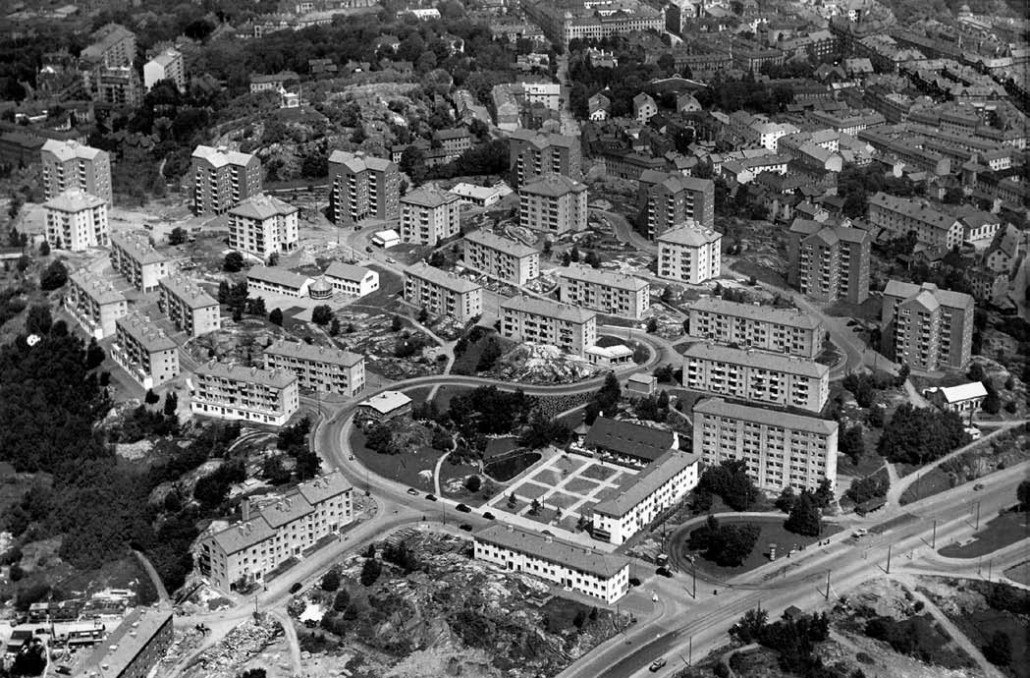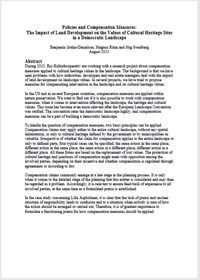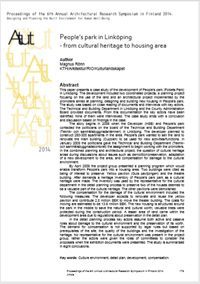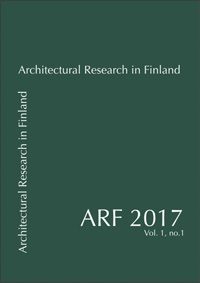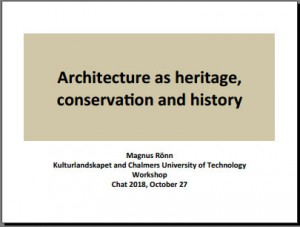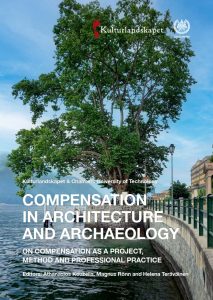Compensation Measures and Cultural Heritage (2013-2015)
Cover of final report. Illustration by Agneta Stening
During 2013 – 2015 Kulturlandskapet has been working on a research project on compensatory measures in terms of impact on the cultural environment. The research project aimed at investigating how to work compensation measures for intrusion into cultural environments and investigating opportunities for future applications and the need for supplementary regulations. The research project was structured through a series of case studies and workshops. The goal was to contribute to a rational community building process and clear rules. Project leader was Magnus Rönn, and Stig Swedberg and Benjamin Grahn Danielson also participated.
Project presentations at:
The EAA conference in Pilsen in September 2013
The 6th Annual Architectural Research Symposium in Finland 2014
The 7th Annual Symposium of Architectural Research in Finland 2015
You can read more about the project (in swedish) here on our website.
For further Reading in english explore the links to the articles in the right hand column.
Compensation Measures and Cultural Heritage (2018-)
Guldheden, Housing Area in Gothenburg, and cultural heritage area of national interest. Source From: ”Antikvariskt planeringsunderlag 2008”, Stadsbyggnadskontoret and White Arkitekter.
This research project is a development of the research on Cultural Heritage and Compensation Measures carried out by Kulturlandskapet during 2013-2015 (see below). It centres around three themes:
1) A local theme on cultural environment, compensation and means of control
2) A national theme of cultural concepts and cultural ecosystem services
3) An international theme that sets heritage and compensation in an international perspective.
The project is focusing on planning processes and how cultural heritage values are dealt with, compensated and how cultural heritage values are seen as Ecosystem Services and thus, a mean of control.
The methodology in the project focuses on three different parts:
• Case studies of planning processes in Gothenburg
• Concept analysis: A contemporary and historical review of key concepts
• International workshop with invited researcher
The practical benefit lies in the development of knowledge about how key players work with cultural heritage values in planning processes. Focus on detailed planning demonstrates the means of control and its ability to utilize cultural heritage values.
The Research Project is funded by the National Swedish Heritage Board, and will be carried out during 2018-2019. The project is a collaboration between Kulturlandskapet and Chalmers University, with participators from Gothenburg University and Picea kulturarv.
Value, cultural heritage and compensation thinking in planning
As a part of the Nordic Association of Architectural Research annual conference (NAF/NAAR 2019), Kulturlandskapet will co-organise a track on cultural heritage, planning and compensation.
This track is oriented towards architects, architectural conservator/restorers and archaeologists. It deals with compensation in areas of exploitation, adjustments in planning processes and design to reconstruction of qualities in the environment by compensation measures.
Key issue is how threats of damage on valuable cultural heritage and/or qualities in the environment can be restored in planning processer? Of special interest in this track are studies dealing with compensation as (1) tool, method and measures in national regulation on exploration of areas, (2) local policies for steering planning processes, safeguarding values in architecture and the built environment or as means for implementing compensation measures, (3) professional experiences on compensation, by designing compensation measures for loss of cultural heritage values, and finally (4) reconstruction, relocation and innovative solutions for compensation of cultural values and environmental qualities.
27th Annual Meeting of the European Association of Archaeologists: Widening Horizons
Scholars from Aalto University, Chalmers University of Technology, Kulturlandskapet, National Technical University and Tampere University have proudly joined forces in organizing a session on compensation in architecture and archaeology at 27th Annual meeting of EAA 2021 in Kiel; “Widening Horizons”. Read more here.
The EAA conference in Pilsen in September 2013.
In which the project was presented. An English article is available here.
The 6th Annual Architectural Research Symposium in Finland 2014: Designing and Planning the Built Environment for Human Well-Being.
Also here results from the project were presented. An English article is available here.
The 7th Annual Symposium of Architectural Research in Finland 2015.
Kulturlandskapet presented a new article at the symposium. The article describes the results of the research project, summarizes the case studies but mainly deals with the instruments identified, their effectiveness and how applicable they are. You can read the article in this issue of ARF 2017 Vol. 1, no. 1.
CHAT ACT 2018 Workshop: Architecture as heritage, conservation and history
As a part of the CHAT ACT 2018 annual conference 26-28 of October in Aarhus Denmark, Magnus Rönn from Kulturlandskapet organised a workshop. Magnus presented preliminary findings from an on-going research project studying the use of compensation in detailed planning in areas with protected cultural values.
The EAA conference in Kiel in September 2021.
The book Compensation in architecture and archaeology. On compensation as a project, method and professional practice. (Red. Athanasios Kouzelis, Magnus Rönn och Helena Teräväinen) is available here.

